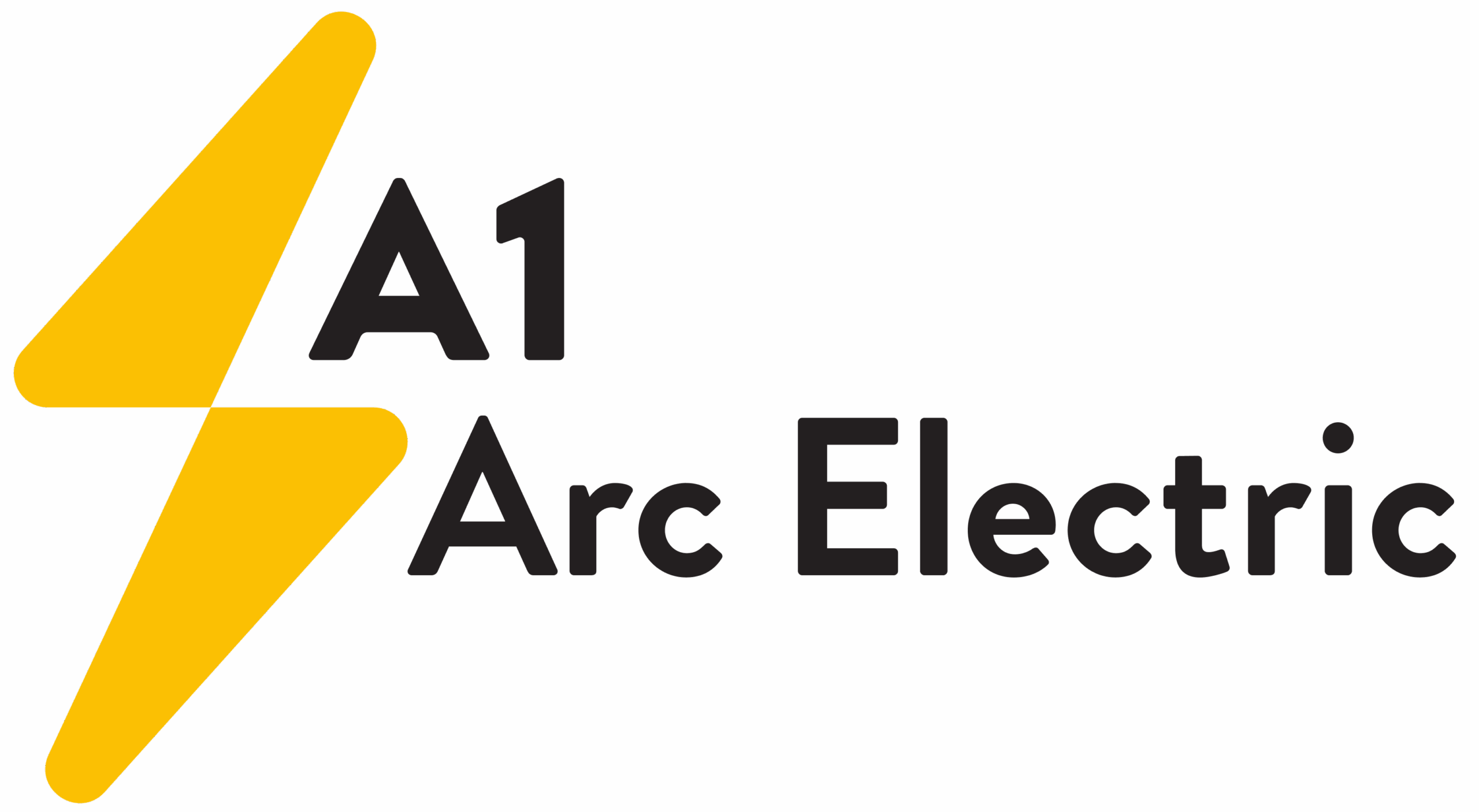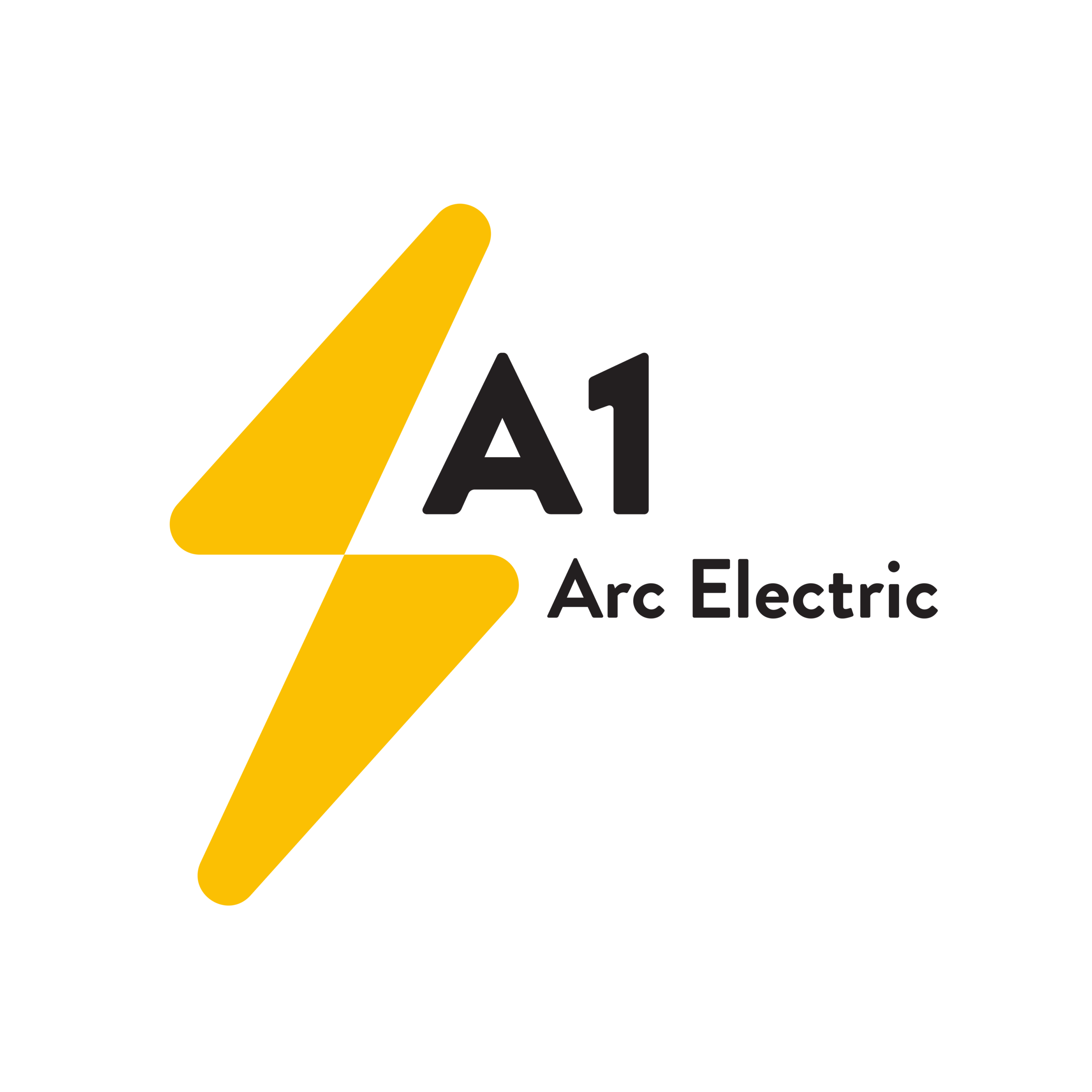The rise of electric vehicles (EVs) has brought about a new era of convenience and sustainability for property owners. However, the benefits of driving an EV can only be fully realized when the charging infrastructure is installed correctly and safely. Entrusting the installation of your EV charger to a professional is not just a matter of convenience—it is a crucial step for ensuring the safety and efficiency of your entire electrical system.
A properly installed EV charger minimizes risks such as electrical fires, power surges, or property damage. Licensed electricians possess the expertise to evaluate your property’s electrical capacity and ensure that the charger is compatible with your existing wiring and circuit breakers. This expertise is essential for optimizing charging speed and efficiency, preventing issues like slow charging or frequent circuit trips.
DIY installations or hiring unqualified individuals might seem cost-effective at first, but they come with significant risks. Inadequate installations can result in persistent electrical faults, voided warranties, or even dangerous malfunctions that threaten both property and personal safety. Professionals are equipped to handle the complexities of modern electrical systems, adapting the setup to the unique requirements of residential, commercial, or industrial properties.
Investing in professional installation also leads to long-term savings. Efficiently installed systems operate smoothly, reducing energy waste and minimizing the likelihood of costly repairs or replacements. Ultimately, prioritizing skilled installation ensures that your EV charger functions reliably, safely, and efficiently for years to come.
Key Steps in the EV Charger Installation Process
- Initial site assessment and consultation
- Selecting the right charger for property needs
- Upgrading electrical panels or circuits if required
- Safe wiring and installation of equipment
- Final testing and commissioning
Installing an EV charger involves more than simply connecting a device to a power source. A structured approach, guided by professional expertise, ensures both safety and functionality from day one. The process begins with a comprehensive site assessment. During this phase, a qualified electrician evaluates your property’s existing electrical infrastructure, identifies potential challenges, and discusses your specific charging needs—such as the number of vehicles or desired charging speed.
The next step is selecting the appropriate charger. Options vary from Level 1 chargers, which use standard household outlets, to more powerful Level 2 or even commercial-grade chargers. The choice depends on your daily driving habits, property type, and available electrical capacity. Professionals guide clients in making informed decisions that balance performance and cost-effectiveness.
Should your existing electrical system lack the necessary capacity, upgrades to panels or circuits may be recommended. This ensures that the new charger operates without overloading your system, preserving the integrity of your property’s wiring and reducing the risk of tripped breakers or overheating.
Once preparations are complete, the actual installation begins. This involves safely mounting the charger, running new wiring if necessary, and integrating the system with your electrical panel. Licensed electricians adhere to strict safety practices—such as proper grounding and secure connections—to prevent future issues.
Finally, the system is meticulously tested and commissioned. This step verifies that the charger functions correctly and safely, with all features operating as intended. Clear instructions on usage and maintenance are provided, ensuring you are comfortable and confident in managing your new EV charging station.
Common Electrical Challenges: Upgrades and Repairs for Modern Charging Needs
- Outdated wiring in older properties
- Insufficient electrical panel capacity
- Frequent power surges or circuit breaker trips
- Need for rewiring or circuit upgrades
- Importance of timely repairs and troubleshooting
Older homes and buildings often present unique challenges when integrating modern EV charging solutions. Outdated wiring, originally designed for lower power demands, may not safely support the high-current requirements of an EV charger. Attempting to use such systems can lead to overheating, circuit breaker trips, or even hazardous electrical faults.
One of the most common hurdles is insufficient panel capacity. Most residential and commercial properties were not built with EV charging in mind, and their electrical panels may already be close to maximum load. In these cases, professionals may recommend a panel upgrade or the installation of dedicated circuits to handle the additional demand. These upgrades not only support safe and reliable EV charging but also improve the overall resilience of your property’s electrical system.
Power surges and frequent breaker trips are other red flags indicating the need for system upgrades or repairs. Surges can damage sensitive electronics, reduce charger lifespan, and pose safety risks. A thorough inspection by a qualified electrician can identify the source of such disturbances and recommend effective solutions, such as surge protectors, rewiring, or load balancing.
Timely repairs are crucial to maintaining both safety and convenience. Ignoring minor issues can lead to escalating problems, including sudden power outages or emergency situations. Proactive troubleshooting and regular maintenance keep your EV charging system—and your entire property—operating smoothly.
By addressing these challenges head-on, property owners can ensure their EV charging setup is not only effective but also safe and future-proof, ready to accommodate evolving technology and increased energy demands.
Ensuring Compliance: Local Codes and Safety Standards Explained
- Importance of adhering to municipal and provincial electrical codes
- Permitting and inspection requirements in Vancouver and Burnaby
- Role of licensed electricians in code compliance
- Consequences of non-compliance (fines, insurance issues)
- Ongoing updates to codes and best practices
Compliance with local electrical codes and safety standards is not optional—it’s a legal and practical necessity. In Vancouver and Burnaby, strict regulations govern the installation of EV chargers, reflecting a broader commitment to public safety and infrastructure reliability. Municipal and provincial codes specify everything from the types of materials used to the placement of charging units and the methods of connection to the main electrical supply.
Securing the appropriate permits is a critical step in the installation process. Local authorities require detailed plans and may mandate on-site inspections to ensure that all work meets established codes. These requirements protect property owners by verifying that installations are safe, efficient, and capable of supporting the intended electrical load.
Licensed electricians play a central role in ensuring compliance. Their expertise enables them to navigate complex regulations, avoid common pitfalls, and deliver installations that pass inspection the first time. They keep abreast of ongoing updates to safety codes, integrating the latest best practices into every project.
Non-compliance can have serious consequences. Unauthorized or substandard installations may result in fines, legal liabilities, or difficulties with insurance claims in the event of an incident. Additionally, improperly installed systems may fail to perform as expected, posing safety risks and potentially voiding manufacturer warranties.
By prioritizing code-compliant installations, property owners safeguard their investment, protect occupants, and ensure long-term reliability. Staying informed about regulatory changes and working with qualified professionals is the best way to maintain a safe and legally sound EV charging infrastructure.
Long-Term Maintenance and Emergency Support for Your EV Charging System
- Importance of routine inspections and maintenance
- Common maintenance tasks (cleaning, connection checks, software updates)
- Early detection of potential issues
- Availability of 24/7 emergency support for urgent issues
- Benefits of a proactive maintenance approach
Once your EV charger is installed, ongoing maintenance becomes key to ensuring optimal performance and safety. Routine inspections help catch minor issues before they develop into costly or dangerous problems. Scheduled maintenance tasks may include cleaning charging ports, checking the integrity of electrical connections, and updating software for smart chargers.
Regular attention to your charging system enables early detection of wear and tear, corrosion, or loose fittings—common culprits behind reduced charging efficiency or unexpected outages. Licensed professionals can also assess the broader electrical system during these visits, ensuring that panels, breakers, and circuits continue to operate within safe parameters.
Despite the best preventive measures, emergencies can still arise. Power outages, unexpected surges, or equipment malfunctions can disrupt charging and pose risks to property and occupants. Access to 24/7 emergency support is invaluable in these situations, providing rapid response and expert troubleshooting to restore service and safety as quickly as possible.
A proactive maintenance strategy not only extends the lifespan of your EV charging system but also enhances overall energy efficiency and reliability. Property owners benefit from reduced downtime, lower repair costs, and the peace of mind that comes from knowing their installation is in top condition.
Prioritizing both regular maintenance and access to emergency support transforms your EV charging setup from a convenience into a dependable asset—ready to meet the demands of today and adapt to the innovations of tomorrow.





